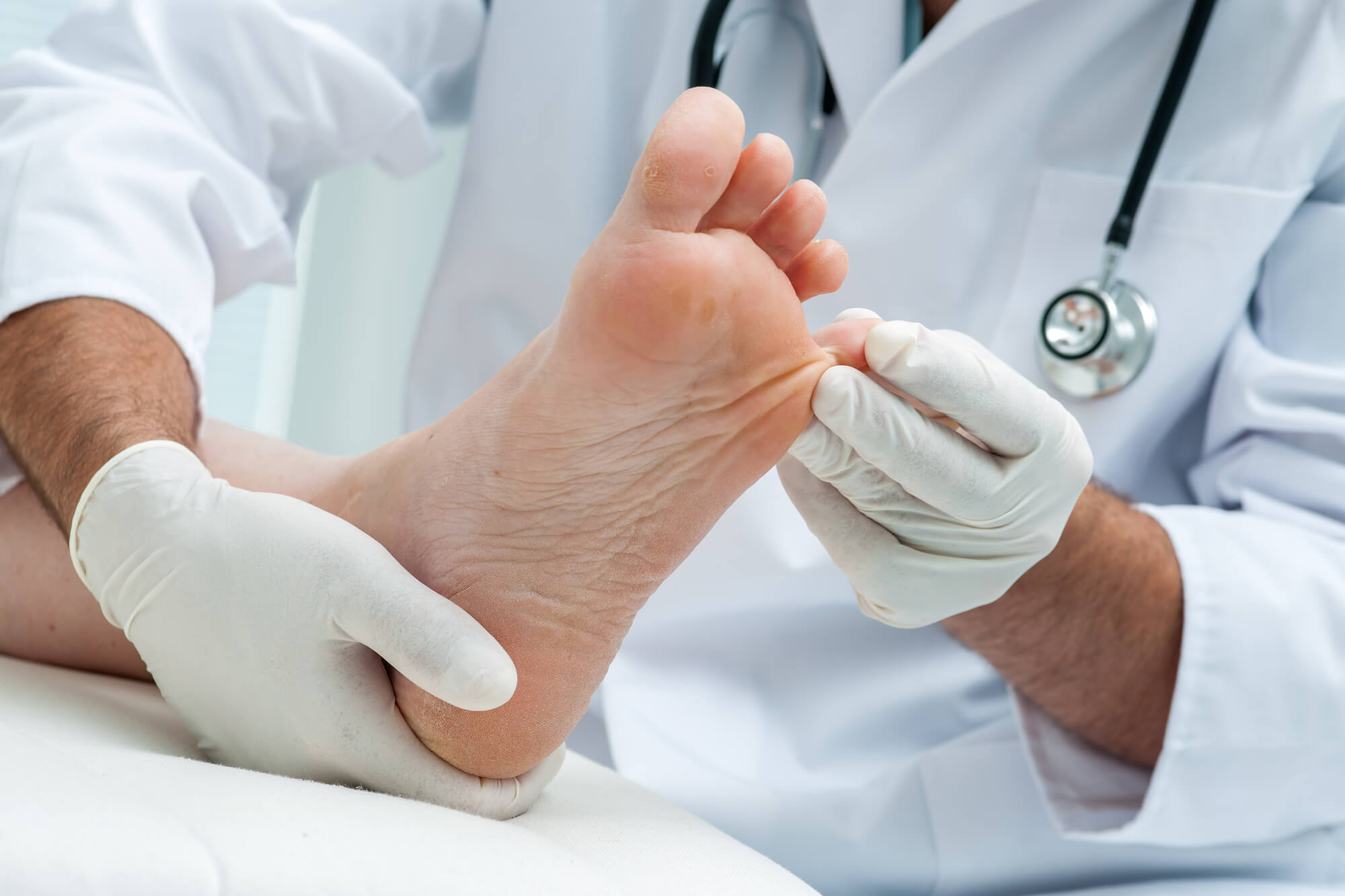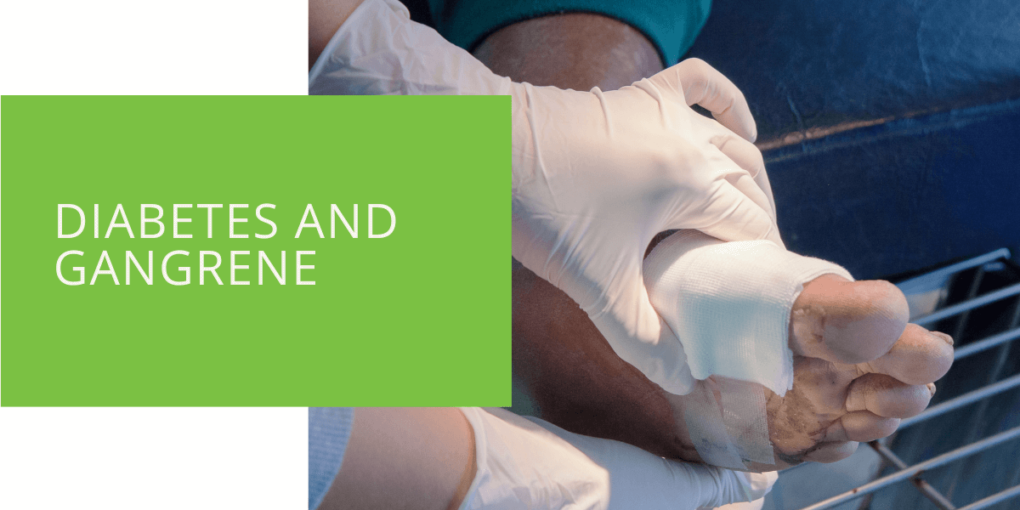Diabetes and Gangrene: Understanding the Connection
Diabetes is a chronic condition that affects millions of people worldwide. It is characterized by high blood sugar levels that can lead to various complications, including foot problems. One of the most serious complications of diabetes is gangrene, a condition that results from the death of tissue in a specific area of the body. In this article, we'll explore the connection between diabetes and gangrene, including the different types of gangrene, symptoms, and treatment options. We'll also provide tips for preventing gangrene in people with diabetes.
What is Diabetes?
Diabetes is a chronic condition that affects how your body processes glucose, a type of sugar that serves as the main energy source for your body. There are two main types of diabetes: Type 1 and Type 2. In Type 1 diabetes, the body does not produce enough insulin, a hormone that regulates blood sugar levels. In Type 2 diabetes, the body does not respond properly to insulin. Both types of diabetes can lead to high blood sugar levels, damaging blood vessels and nerves throughout the body.
What is Gangrene?
Gangrene is a condition that occurs when there is tissue death in a specific area of the body. Various factors, including poor circulation, bacterial infections, and trauma, can cause it. There are several types of gangrene, including dry, wet, and gas.
- Dry gangrene: This type of gangrene occurs when blood supply is lost to the affected area. It most commonly affects the hands and feet.
- Wet gangrene: This type occurs when there is an infection in the affected area, leading to pus formation and a foul odor. Wet gangrene can develop quickly and is a medical emergency.
- Gas gangrene: This type of gangrene is caused by the bacteria Clostridium perfringens, which produce gas that can cause tissue death. Gas gangrene can occur in any body part but most commonly affects the extremities.

The Connection Between Diabetes and Gangrene
People with diabetes are at an increased risk of developing gangrene due to the impact of high blood sugar levels on blood vessels and nerves. High blood sugar can cause damage to blood vessels, reducing blood flow to the extremities and increasing the risk of tissue death. People with diabetes are also at an increased risk of developing peripheral artery disease, further reducing blood flow to the extremities.
In addition to reducing blood flow, high blood sugar levels can impair the immune system, increasing the risk of infection. If an infection is left untreated, it can spread and lead to gangrene.
Symptoms of Gangrene
Gangrene can cause a range of symptoms that can vary depending on the type and severity of the condition. Some common symptoms of gangrene include:
Discoloration in the Affected Area
One of the most common symptoms of gangrene is discoloration in the affected area. This can range from a dark red or purple color to black. The discoloration is due to the death of tissue in the area, which can cause the blood vessels to break down and leak blood into the surrounding tissues.
A Foul Odor
Another common symptom of gangrene is a foul odor. The release of gases and toxins by the bacteria in the area causes this odor. The odor can be particularly strong in cases of wet or gas gangrene.
Lesions or Blisters
Gangrene can cause the formation of lesions or blisters in the affected area. These lesions can be painful and can cause the skin to break down and peel away.
Signs of Infection
In some cases, gangrene can be accompanied by signs of infection, such as fever, chills, and a rapid heartbeat. These symptoms are particularly common in wet or gas gangrene cases, where bacteria are present in the affected area.

Treatment of Gangrene
Treatment for gangrene typically involves the removal of dead tissue and the treatment of any underlying infections. In severe cases, surgical intervention may be necessary to remove the affected tissue and restore blood flow to the area.
Debridement
Debridement is a process in which dead tissue is removed from the affected area. This can be done through various methods, including surgery, topical treatments, and enzymes. The goal of debridement is to remove the dead tissue and prevent the spread of infection.
Antibiotics
Antibiotics may be prescribed to treat any underlying infections in the affected area. The choice of antibiotics will depend on the type of bacteria present and the infection's severity.
Vascular Surgery
In severe cases of gangrene, vascular surgery may be necessary to restore blood flow to the affected area. This can involve stents, bypass surgery, or angioplasty to improve blood flow and prevent further tissue death.
Prevention of Gangrene in Diabetic Patients
Preventing gangrene in people with diabetes involves maintaining healthy blood sugar levels and taking steps to improve circulation. Here are some tips for preventing gangrene:
- Monitor your blood sugar levels regularly
- Take medications as prescribed by your healthcare provider
- Engage in regular exercise to improve circulation
- Quit smoking, as it can impair circulation
- Maintain proper foot hygiene and inspect your feet regularly for signs of injury or infection
- Wear well-fitting shoes and socks that allow for proper blood flow to the feet
- Seek prompt medical attention for any foot injuries or signs of infection
- Follow your healthcare provider's recommendations for foot care and diabetes management
Conclusion
Gangrene is a serious complication of diabetes that can lead to tissue death and the need for surgical intervention. People with diabetes are at an increased risk of developing gangrene due to the impact of high blood sugar levels on blood vessels and nerves. However, with proper foot care and diabetes management, it is possible to reduce the risk of developing gangrene and other foot problems. By following the tips in this article and seeking prompt medical attention for any foot injuries or signs of infection, people with diabetes can maintain healthy feet and avoid the serious complications associated with gangrene. If you're concerned about your risk of developing gangrene or have noticed any symptoms, speak with your healthcare provider or a podiatrist for personalized advice and treatment options.

